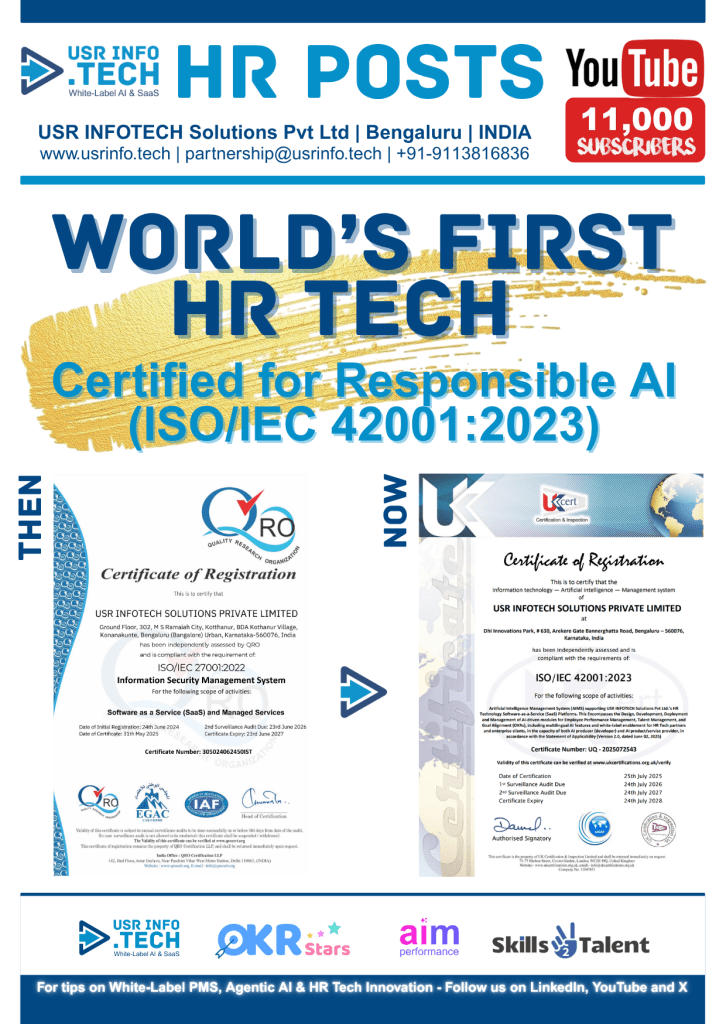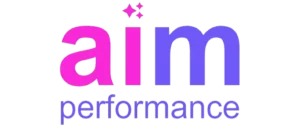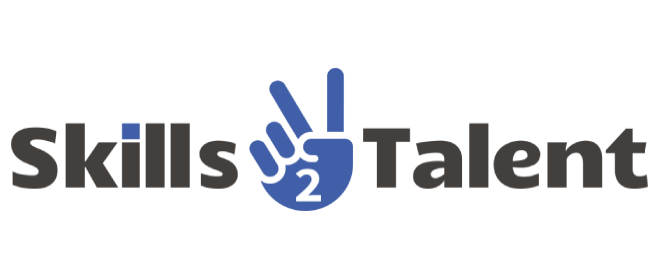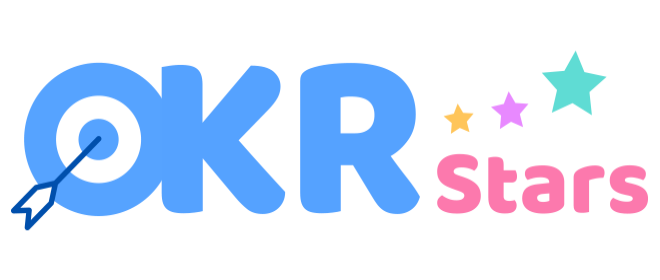Diversity, equity, and inclusion (DEI) are not just buzzwords; they are essential components of a thriving and innovative organization. In today’s competitive landscape, companies that prioritize DEI initiatives outperform their peers. However, achieving true DEI requires more than just good intentions—it requires a strategic approach. One effective strategy is the use of Objectives and Key Results (OKRs). In this blog post, we will explore how harnessing the power of OKRs can help make DEI a reality within your organization.
The Importance of Diversity, Equity, and Inclusion
Why DEI Matters
Diversity, equity, and inclusion are crucial for fostering a workplace where all employees feel valued and respected. When organizations prioritize DEI, they benefit from a wide range of perspectives, leading to increased creativity and innovation. Moreover, inclusive workplaces tend to have higher employee engagement and retention rates.
The Business Case for DEI
Research has consistently shown that diverse teams outperform homogeneous ones. Companies with diverse leadership are more likely to achieve above-average profitability. By prioritizing DEI, organizations can attract top talent, enhance their brand reputation, and better serve a diverse customer base. In essence, DEI is not only a moral imperative but also a business necessity.
Understanding OKRs
What Are OKRs?
Objectives and Key Results (OKRs) are a goal-setting framework that helps organizations define and achieve their strategic objectives. An objective is a clear and inspiring goal, while key results are specific, measurable actions that track the achievement of the objective. This methodology ensures that everyone in the organization is aligned and working towards the same goals.
The Benefits of OKRs
OKRs provide several benefits, including clarity, focus, and accountability. By breaking down ambitious goals into manageable key results, teams can stay focused on what matters most. OKRs also promote transparency and collaboration, as everyone’s goals and progress are visible to the entire organization. This level of openness fosters a culture of trust and shared purpose.
Setting DEI Goals with OKRs
Defining Clear DEI Objectives
To effectively use OKRs for DEI initiatives, start by defining clear and ambitious DEI objectives. These objectives should reflect your organization’s commitment to creating a more inclusive and equitable workplace. For example, an objective might be to “Increase the representation of underrepresented groups in leadership positions.
Crafting Measurable Key Results
Once you have defined your DEI objectives, identify the key results that will help you achieve these goals. Key results should be specific, measurable, and time-bound. For the objective mentioned above, key results might include “Increase the percentage of women in leadership roles by 10% within the next year” and “Implement mentorship programs for underrepresented employees.”
Aligning DEI OKRs with Organizational Strategy
Integrating DEI into the Business Strategy
For DEI OKRs to be effective, they must be integrated into the broader organizational strategy. This alignment ensures that DEI initiatives are prioritized and resourced appropriately. By embedding DEI goals into the fabric of the organization, leaders can demonstrate their commitment to creating a more inclusive workplace.
Communicating the Importance of DEI OKRs
Communication is key to the success of DEI OKRs. Leaders must clearly articulate the importance of these goals and how they align with the organization’s mission and values. Regular updates and transparent communication about progress can help maintain momentum and ensure that everyone remains committed to achieving DEI objectives.
Implementing DEI OKRs at All Levels
Engaging Leadership
Leadership buy-in is critical for the success of DEI OKRs. Senior leaders should actively champion DEI initiatives and be held accountable for progress. This might involve setting personal DEI OKRs and participating in DEI training and development programs. When leaders prioritize DEI, it sets a powerful example for the entire organization.
Empowering Employees
For DEI OKRs to truly take hold, all employees must be engaged and empowered. Encourage employees to set their own DEI-related OKRs and provide the necessary resources and support to achieve them. Creating employee resource groups and providing training on unconscious bias can also help foster a more inclusive workplace culture.
Monitoring and Measuring Progress
Tracking Key Results
To ensure that DEI OKRs are making an impact, it is essential to regularly track and measure progress. Use data and analytics to monitor key results and identify areas where additional effort is needed. Regularly review and update OKRs to reflect changing circumstances and new insights.
Celebrating Successes
Recognizing and celebrating successes is crucial for maintaining momentum and motivation. Highlighting achievements, both big and small, can inspire continued commitment to DEI goals. Celebrate milestones publicly and acknowledge the contributions of individuals and teams who have played a significant role in advancing DEI initiatives.
Overcoming Challenges
Addressing Resistance
Implementing DEI OKRs can sometimes be met with resistance. Some employees may be skeptical or uncomfortable with change. Addressing this resistance requires open dialogue, education, and empathy. Provide forums for employees to voice their concerns and offer training sessions to build understanding and support for DEI initiatives.
Ensuring Sustainability
Sustaining DEI efforts over the long term requires ongoing commitment and resources. DEI should not be seen as a one-time project but as a continuous journey. Regularly revisit and refine DEI OKRs to ensure they remain relevant and impactful. Allocating dedicated resources and establishing a DEI task force can help maintain focus and drive sustained progress.
Case Studies: Success Stories
Company A: Achieving Gender Parity
Company A implemented DEI OKRs with a focus on achieving gender parity in leadership positions. By setting clear objectives and measurable key results, they successfully increased the percentage of women in leadership roles by 15% within two years. This achievement not only enhanced their workplace culture but also contributed to improved business performance.
Company B: Fostering Inclusion
Company B prioritized fostering an inclusive workplace culture through DEI OKRs. Their objectives included creating employee resource groups and implementing comprehensive DEI training programs. As a result, they saw a significant increase in employee engagement and satisfaction, leading to higher retention rates and a more innovative and collaborative work environment.
The Future of DEI and OKRs
Adapting to Change
As the business landscape continues to evolve, so too must DEI initiatives. Organizations should be prepared to adapt their DEI OKRs to address emerging challenges and opportunities. This might involve exploring new areas of focus, such as neurodiversity and accessibility, and continuously seeking feedback from employees to refine DEI strategies.
Commitment to Continuous Improvement
The journey toward DEI is ongoing. Organizations must remain committed to continuous improvement and be willing to learn from both successes and setbacks. By harnessing the power of OKRs, companies can create a structured and strategic approach to DEI, driving meaningful change and fostering a more inclusive and equitable workplace for all.
Conclusion
Diversity, equity, and inclusion are essential for the success and sustainability of modern organizations. By harnessing the power of OKRs, companies can turn their DEI aspirations into actionable and measurable goals. Through clear objectives, measurable key results, and a commitment to continuous improvement, organizations can create a workplace where everyone feels valued and empowered. Let’s embrace the potential of OKRs to make DEI a reality.











